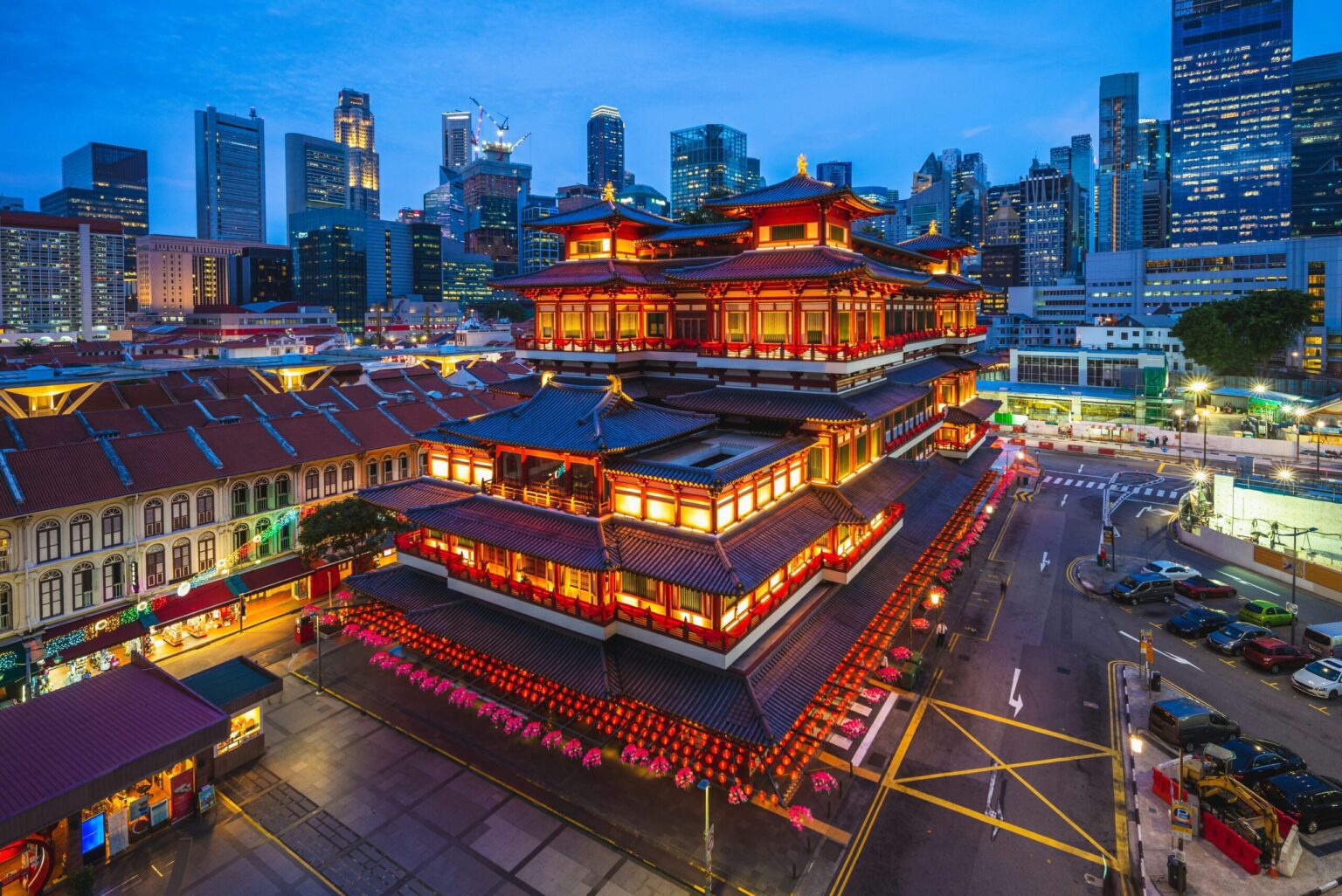Estée Lauder, a renowned name in the global beauty industry, has reported a 2% drop in sales, largely attributed to weaker-than-expected demand in China. This decline in revenue, combined with a fall in pre-tax profits, has raised concerns about the global beauty market’s recovery post-pandemic. Despite these setbacks, Estée Lauder remains optimistic about long-term growth but acknowledges the potential for continued challenges in the near future.
Challenges in the Chinese Market
China has long been a key driver for global beauty brands, fueled by rising disposable incomes and strong demand for luxury cosmetics. However, the country’s slower-than-expected economic recovery has posed significant hurdles for companies like Estée Lauder. With consumer spending remaining cautious and increasing competition from domestic beauty brands, Estée Lauder’s performance in the region has been below expectations.
The company’s latest earnings report reveals that, while markets in North America and Europe have shown stability, the Chinese market has proven more difficult to navigate. Factors such as inventory adjustments, changing consumer behavior, and heightened competition have all contributed to the disappointing sales figures. Additionally, challenges such as fluctuating currencies and ongoing supply chain disruptions have added further pressure on the company’s financial performance.
Strategic Adjustments to Overcome Market Setbacks
In response to these challenges, Estée Lauder is recalibrating its approach by intensifying its digital engagement strategies. The company is expanding its presence in e-commerce, aiming to capitalize on the growing trend of online shopping. At the same time, Estée Lauder is focusing on the luxury beauty segment in China, aiming to strengthen its position in this high-demand area. The company is also increasing investments in premium skincare and beauty lines, which have displayed resilience in the face of broader market challenges.
CEO Fabrizio Freda has acknowledged the difficulties faced by the company but remains confident in its ability to adapt. “While the short-term outlook remains uncertain, we are committed to evolving our marketing and product strategies to align with shifting consumer preferences,” Freda said, signaling the company’s long-term vision to navigate the current turbulence.
Analysts Provide Insights into the Beauty Market
Industry analysts suggest that global beauty brands, including Estée Lauder, must adapt to macroeconomic shifts and the changing consumer behavior, particularly in China. The uncertainty around consumer spending in the region means that beauty brands must be innovative and tailor their strategies to local market trends. While the demand for high-end cosmetics remains strong in certain areas, brands need to remain agile to stay competitive.
For Estée Lauder, the ability to innovate in product offerings and maintain a strong digital presence will be key to overcoming these challenges. The company’s ongoing investment in premium products and its focus on adapting to consumer trends will be essential to its future success as it navigates the evolving global beauty landscape.
